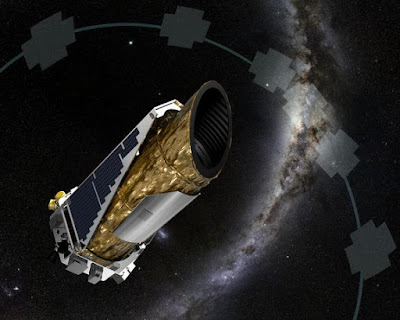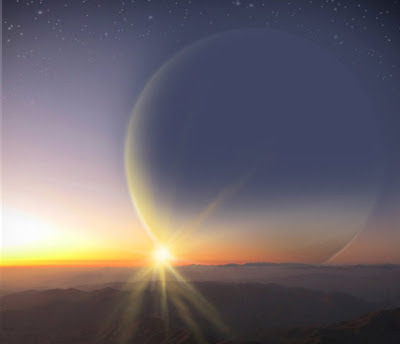An artist's concept of the star system where researchers think they've observed the first exomoon. Dan Durda
Popular Science: Astronomers think they’ve found a moon the size of Neptune in a distant star system
It could be the largest moon we’ve ever seen
Nearly eight thousand light-years away from Earth, there’s a star about the same size as our sun. Like our own solar system, that distant star is orbited by a planet about the same size as Jupiter. But that’s where the similarities end. Around that planet circles a Neptune-sized gas giant, which may be the first moon discovered outside the solar system, and the largest moon ever observed.
Read more ....
WNU Editor: That must be one hell of a big moon.


















